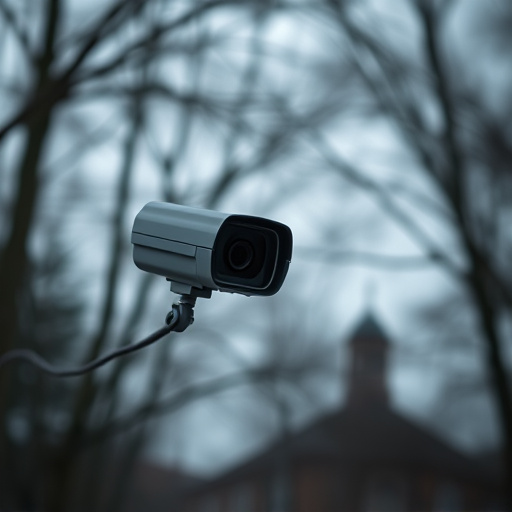Micro cameras revolutionize child protection with discreet surveillance, enabling parents and authorities to remotely monitor schools, daycares, and homes for abusive or predatory behavior. Detecting hidden micro cameras using RF technology is crucial for privacy and safety, with specialized equipment scanning for unusual signals. A multi-step approach includes visual inspections, metal detectors, RF scanners, countermeasures, and regular security updates to stay ahead of evolving micro camera technologies.
In an era where privacy concerns are at an all-time high, understanding how to detect hidden cameras is crucial, especially in protecting our children. This guide delves into the world of micro cameras and their potential misuse, focusing on child protection. We explore the radio frequency (RF) approach as a powerful tool to identify these tiny yet potent surveillance devices. By following practical steps, parents, educators, and caregivers can empower themselves to create safer environments for our future generations.
- Understanding Micro Cameras and Their Potential Uses for Child Protection
- Detecting Hidden Cameras: The Radio Frequency (RF) Approach
- Practical Steps to Identify and Counter RF-Enabled Micro Cameras
Understanding Micro Cameras and Their Potential Uses for Child Protection
Hidden micro cameras, often minuscule and nearly invisible, have revolutionized child protection efforts in recent years. These advanced devices can be discreetly integrated into everyday objects like toys, clothing, or even jewelry, making them powerful tools for ensuring the safety of vulnerable children. Their ability to capture high-quality video and audio secretly offers parents, guardians, and law enforcement a unique advantage in identifying potential dangers and preventing harm.
In terms of child protection, micro cameras provide an extra layer of surveillance that can help detect and deter abusive situations, kidnappings, or the presence of predatory individuals. By remotely monitoring environments where children spend significant time—such as schools, daycares, or homes—concerned adults can stay vigilant and responsive to any concerning activities. This technology empowers those responsible for a child’s well-being with actionable insights, enabling them to take prompt measures to keep children safe.
Detecting Hidden Cameras: The Radio Frequency (RF) Approach
Detecting hidden cameras has become a critical concern in today’s digital age, especially for safeguarding children in various settings like schools and homes. The radio frequency (RF) approach offers a sophisticated method to uncover these covert devices, known as micro cameras, which can be concealed almost imperceptibly. This technology operates by scanning the electromagnetic spectrum for unusual RF signals that are often associated with hidden camera transmitters.
By employing specialized RF detection equipment, professionals can intercept and analyze signals, pinpointing their sources. This non-intrusive method is particularly valuable in situations where other detection techniques might prove challenging or invasive. The use of RF technology ensures privacy while providing robust security measures for child protection, making it a game-changer in the realm of hidden camera detection.
Practical Steps to Identify and Counter RF-Enabled Micro Cameras
Detecting hidden cameras that operate via radio frequency (RF) is a crucial step in ensuring privacy and child protection. To identify these micro cameras, start by performing a visual inspection of areas where they’re most likely to be placed, such as corners, ceiling tiles, or behind furniture. Use a metal detector to scan for unusual signals, as many RF devices emit electromagnetic interference (EMI). Additionally, invest in a specialized RF detector that can pick up on the specific frequencies used by micro cameras, helping you pinpoint their location.
For enhanced protection, consider employing countermeasures like RF shielding materials or jammers designed to disrupt camera signals. Regularly update your security protocols and stay informed about emerging technologies related to both micro cameras and detection methods. This proactive approach ensures that you’re always one step ahead when it comes to protecting sensitive spaces, whether at home or in educational institutions.
In conclusion, understanding the capabilities of micro cameras and their potential misuse is crucial for safeguarding children in today’s digital era. The Radio Frequency (RF) detection method offers a powerful tool to identify hidden cameras, empowering parents, educators, and authorities to take proactive measures against covert surveillance. By implementing practical steps outlined in this guide, individuals can enhance their ability to detect and counter RF-enabled micro cameras, ensuring a safer environment for children’s protection.
